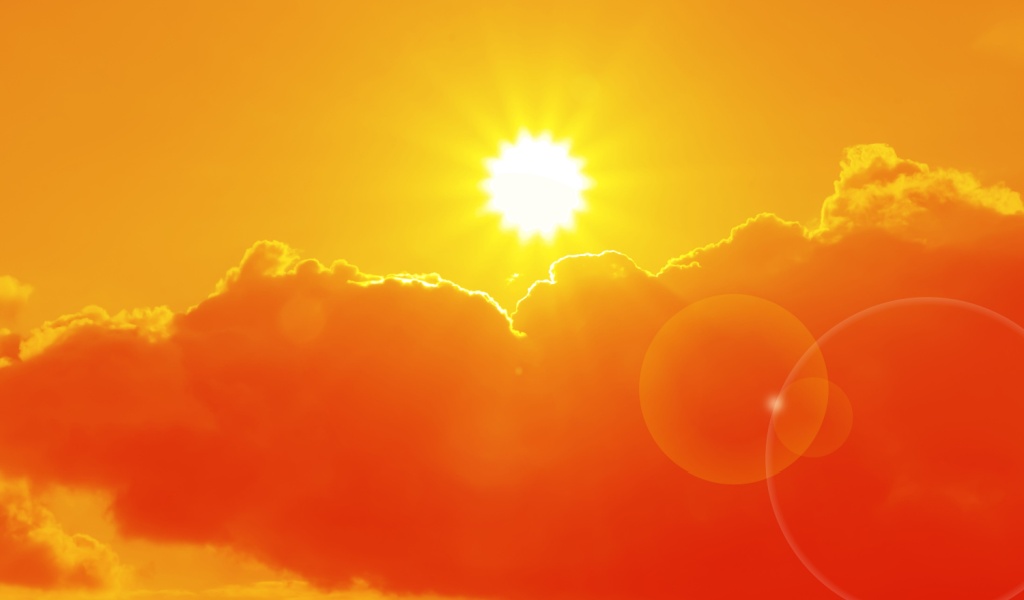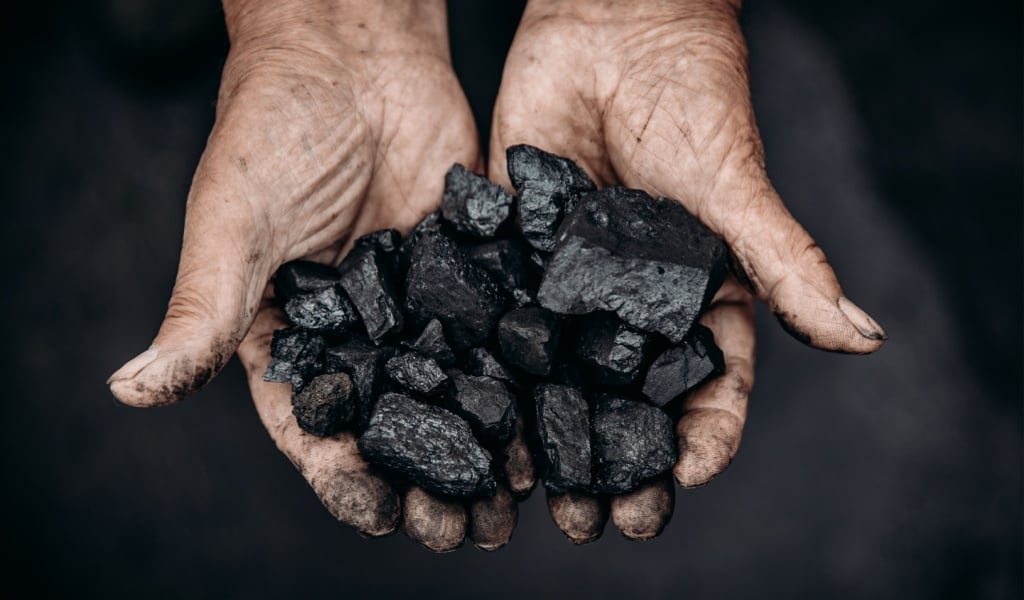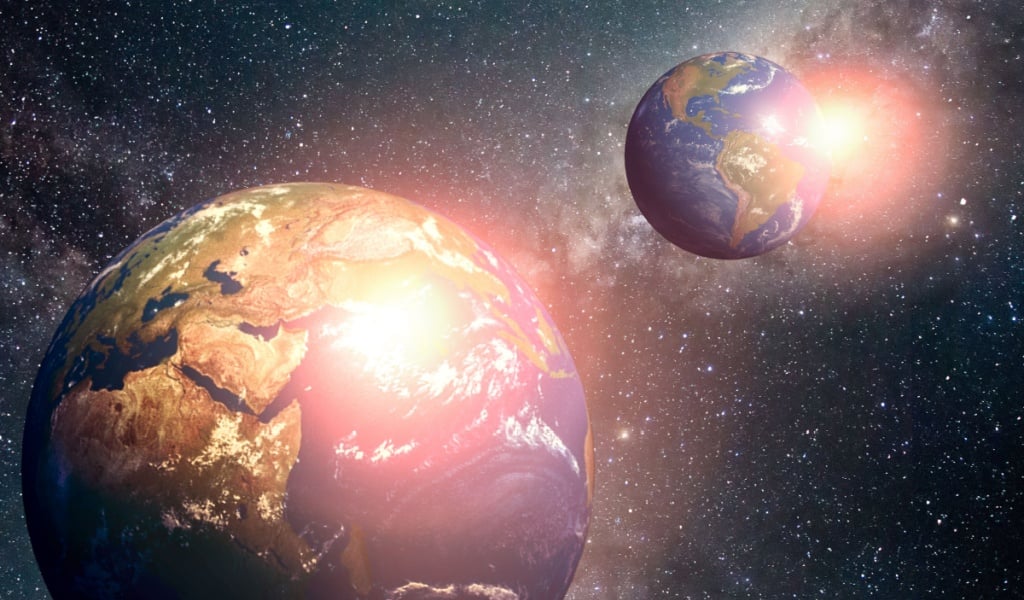We’ve all been forced to sit through boring science lessons in school. While it was fascinating to study that mixing vinegar and baking soda creates a small volcano, if you’re like me, you probably found other theoretical aspects of science less interesting. From learning Newton’s law of gravity to memorizing the periodic table, our basic knowledge of science has enabled us to look into this subject with more curiosity as we explore the world around us.
However, in this article, we have compiled a list of bizarre scientific facts that you wouldn’t have learned in high school. Interested to know more? Keep reading!

Your Body Glows!
How often do you hear the phrase “it’s time to shine”?
Well, what if you know that it actually does? Interestingly, scientists have discovered that people have their own unique bioluminescence that’s just not visible to the naked eye.
Clouds Are Actually Heavy
While you may have heard the phrase “as light as a cloud” numerous times, it’s quite the contrary. Yes, clouds look light and fluffy when floating in the sky, but it’s anything but. In fact, the cumulus clouds you see on a sunny evening can weigh more than a million pounds. Yes, you read that right – A MILLION POUNDS!
You Lose Bones As You Grow Older
Science textbooks taught us that humans have 206 bones in the body. However, we didn’t learn that we have about 300 different bones when born. As we grow, these bones merge to create the skeleton we know.
Your Stomach Can Dissolve Razor Blades
The acid in the human stomach is potent enough to dissolve a razor blade within just a few hours. This is not to say you should attempt swallowing a razor blade – but only to prove the human body’s ability to do great things!
There Is No Flavor in Food Without Saliva
The chemicals in foods must be dissolved in saliva to allow you the experience of tasting it. Once it does, it is detected by receptors in our taste buds. So, if you don’t have saliva, you won’t be able to taste anything. Try it for yourself if you’re skeptical – dry your tongue using a paper towel and eat something. You’ll be surprised by how flavorless it is until the saliva is produced again.
No Camera Beats the Eye
Are you impressed with smartphones that have powerful 100—and 200-megapixel cameras? Well, they pale in comparison to what you can see with your naked eye. If your eye were a camera, it would be able to capture a whopping 576 megapixels!

Animals Use the Earth’s Magnetic Field for Navigation
Some animals, like the sea turtle, can sense the Earth’s magnetic field and use this information to determine their location. Birds also use the Earth’s magnetic field as a guide to plan their migrations. Other animals with this purported superpower include sharks, salmon, and whales.
More Trees than Stars
If you’ve ever watched a documentary about the solar system, you’ve probably been mindblown by the sheer number of stars in the galaxy. In fact, NASA experts say there are up to 400 billion stars in the Milky Way galaxy. That’s an astounding number, but did you know that the number of trees on Earth is even higher and is estimated to be over 3 trillion?
Hawaii Gets Closer To Alaska Every Year
The Earth’s crust consists of segments called tectonic plates. The less dense and hot rock rises before it cools down and sinks, causing a slight shifting of where the plate—and the land above it—is placed. This means the Pacific Plate drifts north towards the North American Plate, moving it about 7.5cm closer yearly.
The Eiffel Tower Grows In Summer
When substances are heated, the particles move and occupy more volume. This is why we see bridges built with expansion points. So, during summertime, the Eiffel Tower grows slightly taller.
Earth Will Be Lifeless In 2.3 Billion Years
The temperature on Earth is rising each year. Therefore, 2.3 billion years from now, the temperature will be so high that the oceans will evaporate, making the Earth a huge desert similar to Mars today.
When You See the Sun, You’re Looking 8 Minutes Into The Past
There are about 150 million km between the sun and Earth. Since light travels at 300,000km/s, it takes 8 minutes and 19 seconds to reach the Earth from the sun.

Half of the World’s Oxygen Is Produced By the Sea
If you thought that most of the oxygen was produced in the rainforest, you’re wrong. 50% of the world’s oxygen is actually made by seaweed, plankton, and other ocean-based photosynthesis.
We Are More Bacteria than Human
At any given point in time, you have 1,000,000,000,000,000 bacterial cells in your body. This means that every one of us is a 1:1 ratio of human and bacteria. Does this give you the ick? Don’t worry – good bacteria are healthy for you.
Komodo Dragons Don’t Need a Male
Komodo dragons are solitary creatures – and they are to such an extreme that they can reproduce without a mate. Through a process called parthenogenesis, a Komodo dragon in Tennessee gave birth to three offspring. This is a feat that less than 0.1% of vertebrates are capable of doing!
Honey Does Not Go Bad
Not only is honey delicious, but unlike other sweeteners, you don’t have to worry about it going bad. The high sugar concentration in honey makes it a natural antibacterial. So even if you stumble on a jar of honey over 5,000 years old, it’s still safe to eat!
Sharks Are Ancient
Did you know that sharks have been swimming for about 450 million years? Let’s put it into perspective: Saturn’s rings were formed only about 10-100 million years ago, and the North Star appeared some 70 million years ago. So sharks were there way before.
Diamond Rain on Other Planets
The atmospheres of Uranus, Saturn, and Neptune are at such extreme pressure that they crystallize carbon atoms and change them into diamonds. Researchers speculate that as much as 2.2 million pounds of diamonds can rain on some parts of Saturn every year!
Which of these scientific facts blew your mind?



